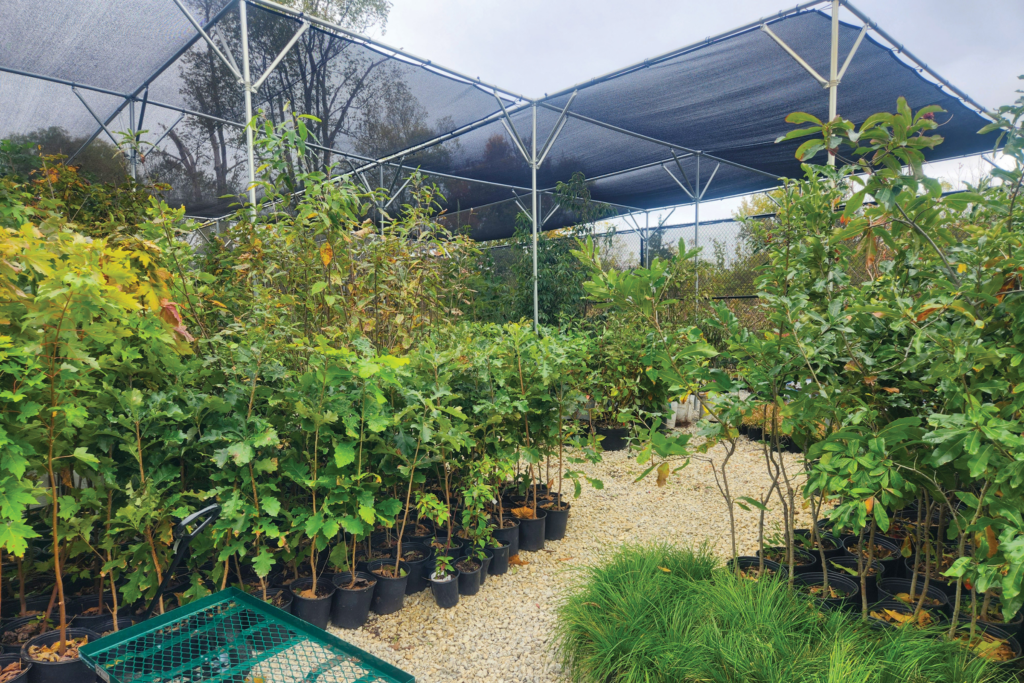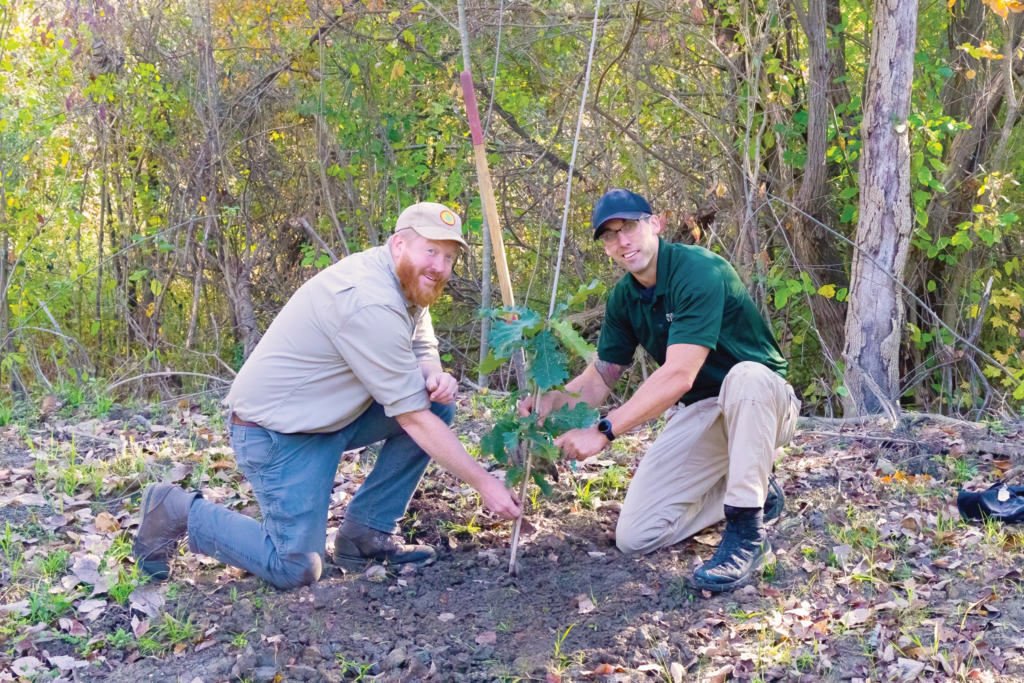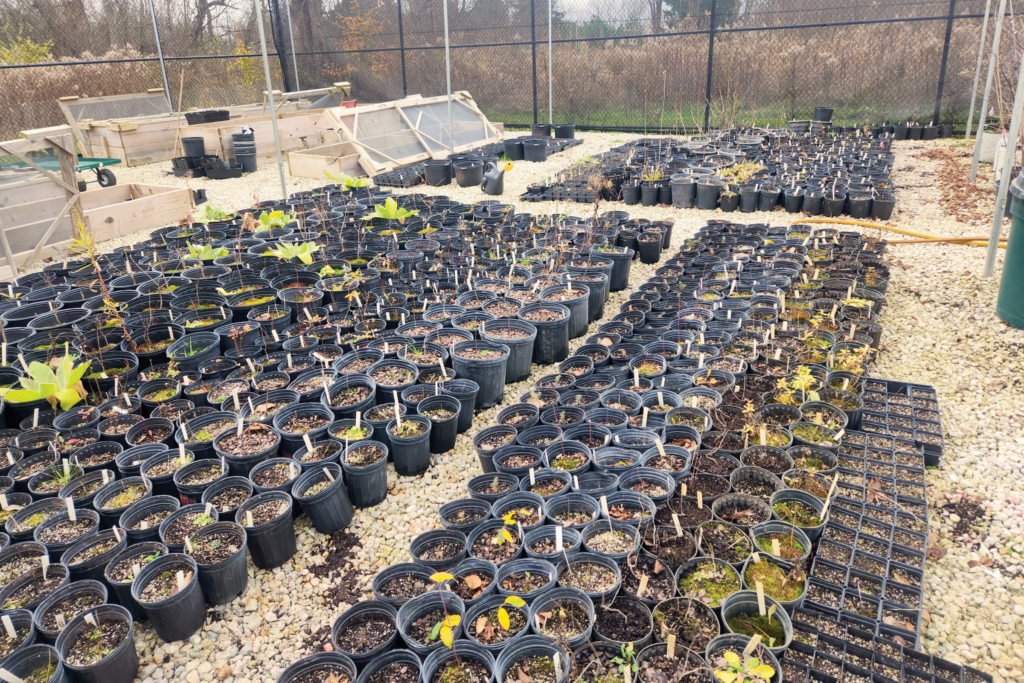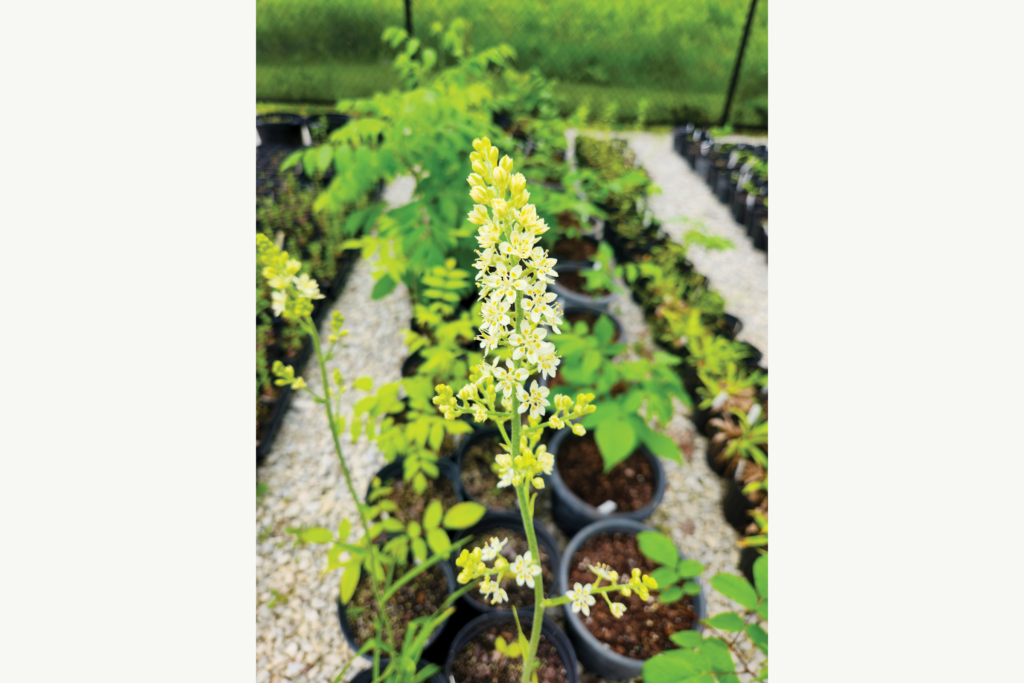Within the scenic expanse of Liberty Park lies a vital hub for conservation and sustainability: the park district’s 4,000-square-foot nursery. Managed by Biologist Christopher Chaney, the nursery is more than just a space for cultivating plants; it is a cornerstone of the park’s ecosystem restoration efforts and community engagement.

Chaney’s passion for plants began when he was a teenager, nurturing cacti and succulents and eventually studying botany at Kent State University. His early forays into native plant horticulture made him the ideal fit for the biologist role at Summit Metro Parks, which involved developing the park’s native plant nursery. What began with 1,500 seedlings has grown into a thriving operation supporting thousands of plants and over 150 species.

Sustainability is at the heart of the nursery’s operations. Shade cloths conserve water, and a programmable sprinkler system ensures efficient watering. Chaney and his team repurpose pots and recycle planting media, reducing waste while maximizing resources. All seeds are ethically sourced, with a focus on local native species to maintain ecological integrity. Managing the nursery is a year-round endeavor. Winters are spent preparing seeds for cold stratification (exposing seeds to cold, moist conditions to help them germinate and grow), while springtime means watering, transplanting and pest management. Challenges abound, yet Chaney finds joy in witnessing the transformation of seeds into thriving plants — a process that sometimes takes years but is well worth the wait.

The nursery engages the community not only by contributing to the overall park visitor experience, but also through plant giveaways at park events and partnerships with local organizations. These initiatives encourage residents to transform their yards into thriving habitats by incorporating native plant species and reducing non-natives, part of the Wild Back Yards initiative.
The constant challenge of weeds blown into the nursery from surrounding natural areas serves as a reminder of how interconnected our landscapes are. Some of those seeds originate in local parks, but what grows in the parks often comes from nearby back yards and landscapes. This is one of the many reasons why cultivating a Wild Back Yard is a crucial step in supporting our shared environment.

Through thoughtful conservation efforts and a commitment to sustainability, Chaney and park district staff are creating a legacy that will take root for generations, illustrating the ways in which the quiet power of plants can transform the world around us.
For more stories like this, check out Green Islands magazine, a bi-monthly publication from Summit Metro Parks. Summit County residents can sign up to receive the publication at home free of charge.